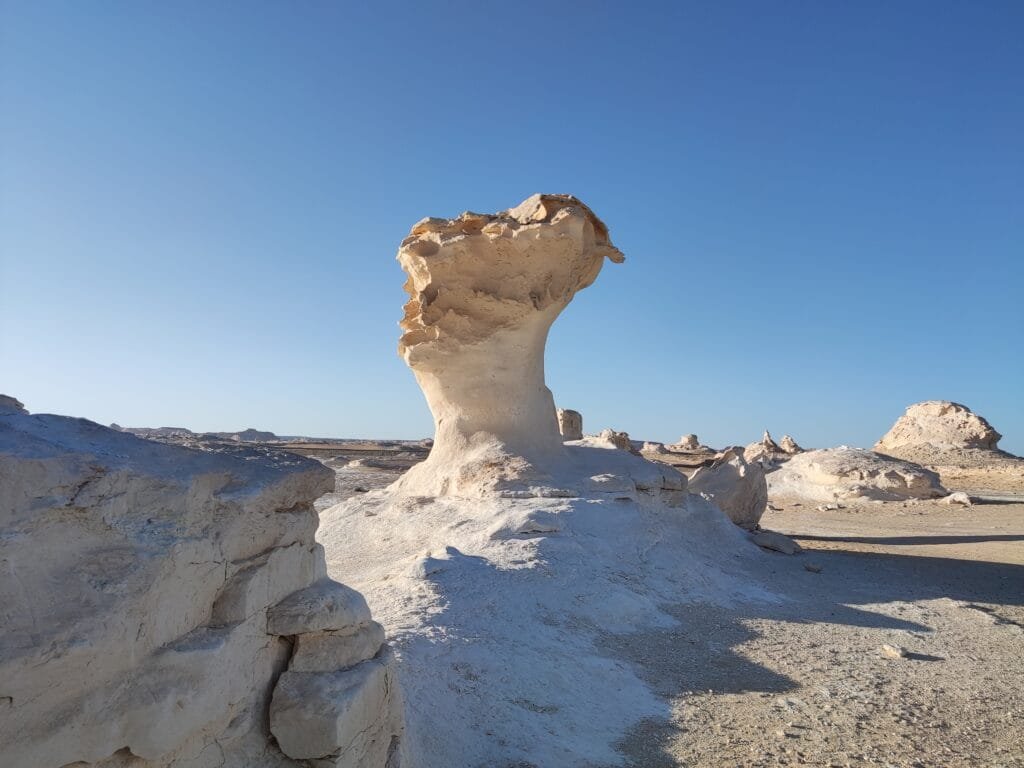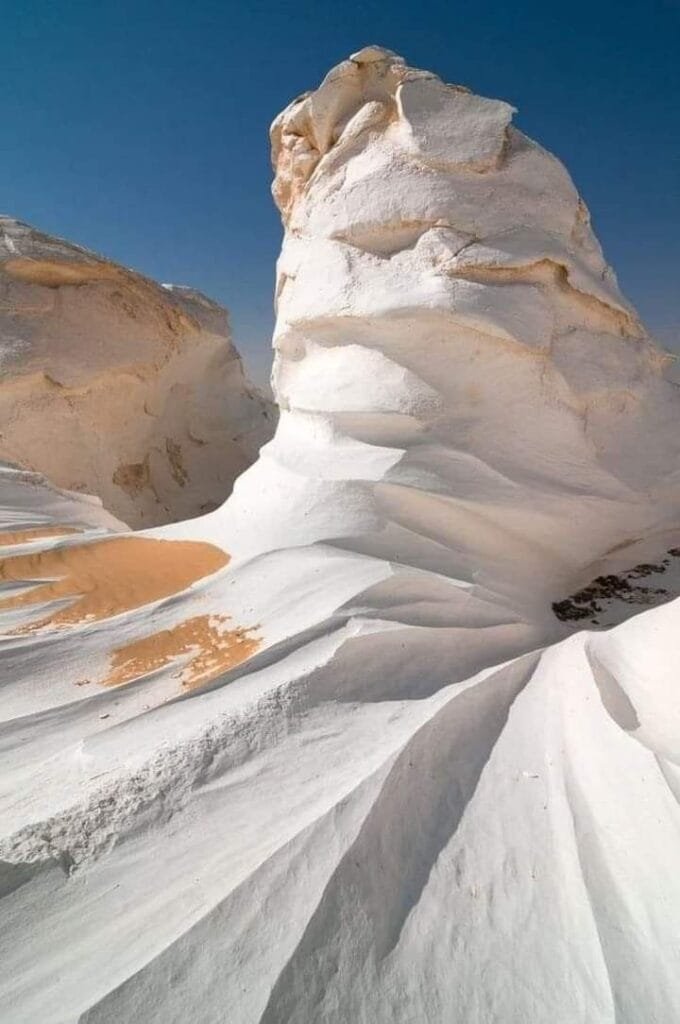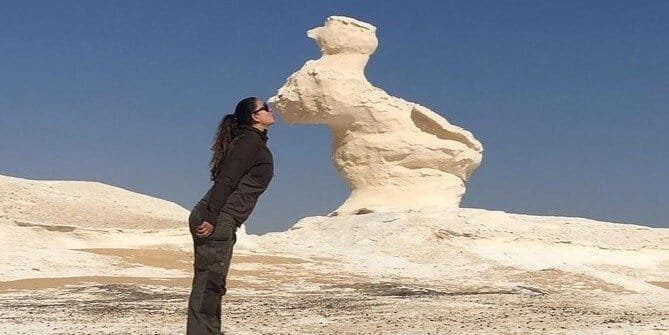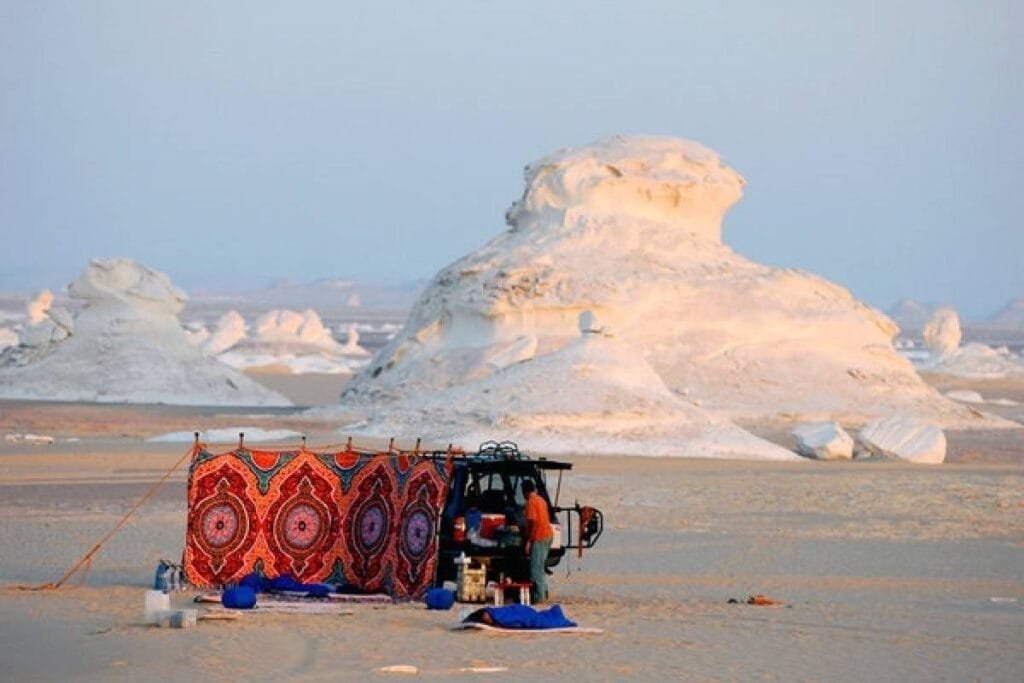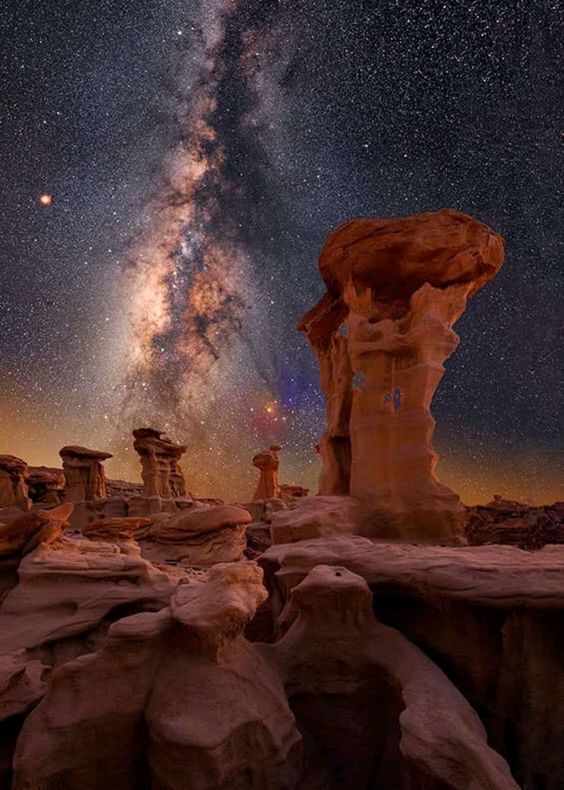Located in Egypt’s Western Desert, the White Desert National Park (also known as White Desert or White Sands) is a natural wonder that attracts adventure seekers, photographers, and nature lovers alike. Known for its surreal landscapes, the White Desert is famous for its striking white rock formations, created over millennia by the forces of wind and sand. In this blog, we explore the captivating beauty, geology, wildlife, and adventures awaiting visitors in Egypt’s White Desert National Park.
White Desert National Park in Egypt offers an unforgettable desert adventure with its stunning landscapes, rich cultural heritage, and diverse wildlife. Whether you're interested in the unique geology, cultural experiences, or thrilling desert activities, the park provides a one-of-a-kind experience in Egypt's Western Desert. Whether you're a nature lover, an adventure seeker, or someone looking for peace and solitude, White Desert National Park is a must-visit destination that should be on every traveler’s list.


